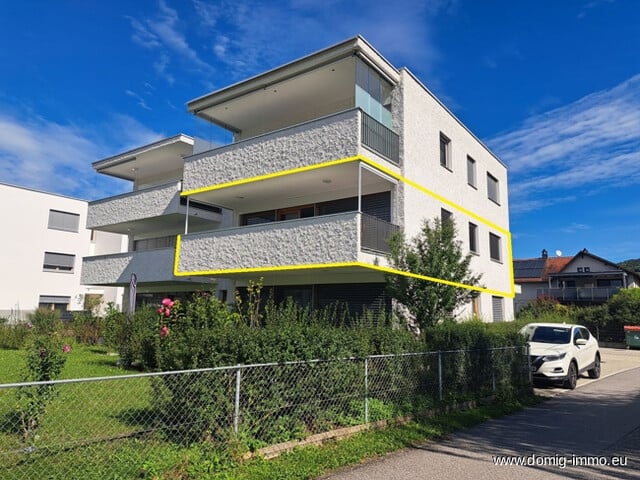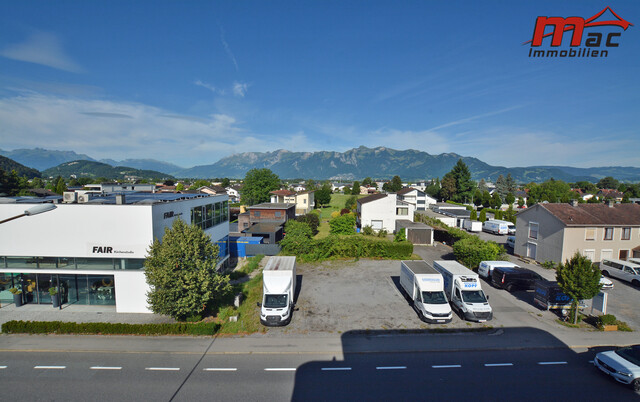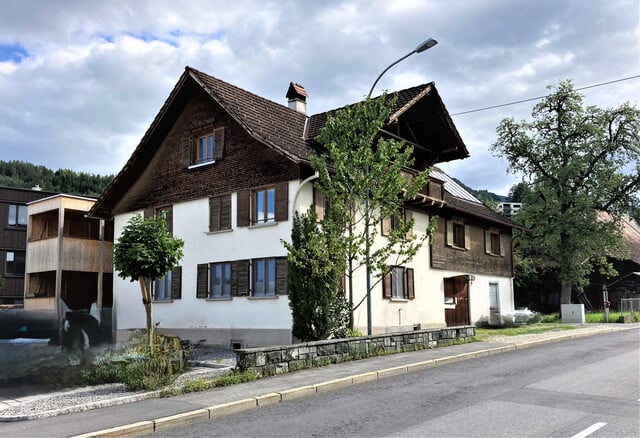840,000 Austrians Live in Flood Risk Areas
Although this is significantly less than an international comparison calculated in the summer. However, for more than half a million Austrians, this means that they must expect at least once in their lifetime a "century flood". The risk is highest in the alpine region and along the Danube.
For the evaluation, the department of the Ministry of Agriculture responsible for flood risk management has surveyed the danger zones and compared them with the registration register. The distinction is made between a 30-year, 100-year, and 300-year flood risk - depending on the expected frequency of floods. The result: 550,936 people (6.0 percent of the population) live in the 100-year risk area. Statistically, they must expect to experience a flood at least once in their lifetime.
The risk is even higher for 99,758 people (1.1 percent of the population) who live in the risk area of a 30-year flood. And 838,362 residents (9.1 percent of the population) would be affected in the event of particularly severe disasters, such as those expected only every 300 years. It should be noted that the figures only cover the main residences registered in the flood area. Including secondary residences and workplaces, the number of those affected would be even higher.
![Anteil der Bevlkerung im Risikogebiet, in Prozent, 100- bzw. 300-jhrliches Hochwasser, Quelle: BML; Die Auslieferung der APA-Grafiken als Embed-Code ist ausschlie§lich Kunden mit einer gltigen Vereinbarung fr Grafik-Pauschalierung vorbehalten. Dabei inkludiert sind automatisierte Schrift- und Farbanpassungen an die jeweilige CI. Fr weitere Informationen wenden Sie sich bitte an unser Grafik-Team unter grafik@apa.at. GRAFIK 1729-24, 88 […] Anteil der Bevlkerung im Risikogebiet, in Prozent, 100- bzw. 300-jhrliches Hochwasser, Quelle: BML; Die Auslieferung der APA-Grafiken als Embed-Code ist ausschlie§lich Kunden mit einer gltigen Vereinbarung fr Grafik-Pauschalierung vorbehalten. Dabei inkludiert sind automatisierte Schrift- und Farbanpassungen an die jeweilige CI. Fr weitere Informationen wenden Sie sich bitte an unser Grafik-Team unter grafik@apa.at. GRAFIK 1729-24, 88 […]](/2024/12/1729-24-1.jpg)
More Heavy Rain Due to Climate Crisis
Furthermore, the frequency of floods is likely to increase due to the climate crisis. Current evaluations by Geosphere show that periods with a lot of precipitation are increasing, while little precipitation is becoming rarer. This is because warmer air can absorb more moisture. Accordingly, days with extreme rainfall in the summer are 30 percent more common than in the 1960s, and in the autumn the increase is even 40 percent.
Soil sealing also makes a significant contribution because water cannot seep away and runs off. The 2021 Climate Status Report, in addition to the flood risk on rivers, also points to the threat from flash floods after local heavy rainfall events. These can also occur on "small, sometimes not constantly present bodies of water or, in extreme cases, even completely decouple from these in the form of runoff slope water".
Higher Risk in the Alps
The proportion of the population in risk zones is particularly high in the Alpine region: 17 percent of the people in Salzburg and 14 percent of the people in Tyrol live with a 100-year flood risk. In Styria and Vorarlberg, it is 9.2 percent and in Carinthia eight percent. This is also where most of the most endangered villages are located. In Kalwang in Styria, almost nine out of ten municipal citizens live with a 100-year flood risk, in Stumm (Tyrol) and Goldwörth (Upper Austria) it is eight out of ten.
This puts Goldwörth significantly above the Upper Austrian average. Because in total, only 4.4 and 4.1 percent of the population in Lower and Upper Austria live in a 100-year risk area. Even fewer are in Burgenland (2.0 percent). Vienna is considered largely safe from flooding, as the recent floods in September once again showed. Here, the risk maps only show a residence in the 100-year flood area for 0.2 percent of the people in Vienna. That's just 3,601 out of over two million inhabitants.
Risk Plans in Six-Year Cycles
The risk plans are revised every six years. The current 2nd Flood Risk Management Plan (FRMP) was published in May 2022 and is valid until 2027. The designation of 416 areas with potentially significant flood risk, which includes 772 municipalities or Vienna districts, is the first step, followed by the development of uniform hazard and risk maps for 23,000 river kilometers. They are then the basis of the FRMP and the action program contained therein, which is created for each risk area. A total of 36 possible measures are planned, ranging from structural measures to awareness-raising.
(APA/Red)
This article has been automatically translated, read the original article here.
Du hast einen Hinweis für uns? Oder einen Insider-Tipp, was bei dir in der Gegend gerade passiert? Dann melde dich bei uns, damit wir darüber berichten können.
Wir gehen allen Hinweisen nach, die wir erhalten. Und damit wir schon einen Vorgeschmack und einen guten Überblick bekommen, freuen wir uns über Fotos, Videos oder Texte. Einfach das Formular unten ausfüllen und schon landet dein Tipp bei uns in der Redaktion.
Alternativ kannst du uns direkt über WhatsApp kontaktieren: Zum WhatsApp Chat
Herzlichen Dank für deine Zusendung.








